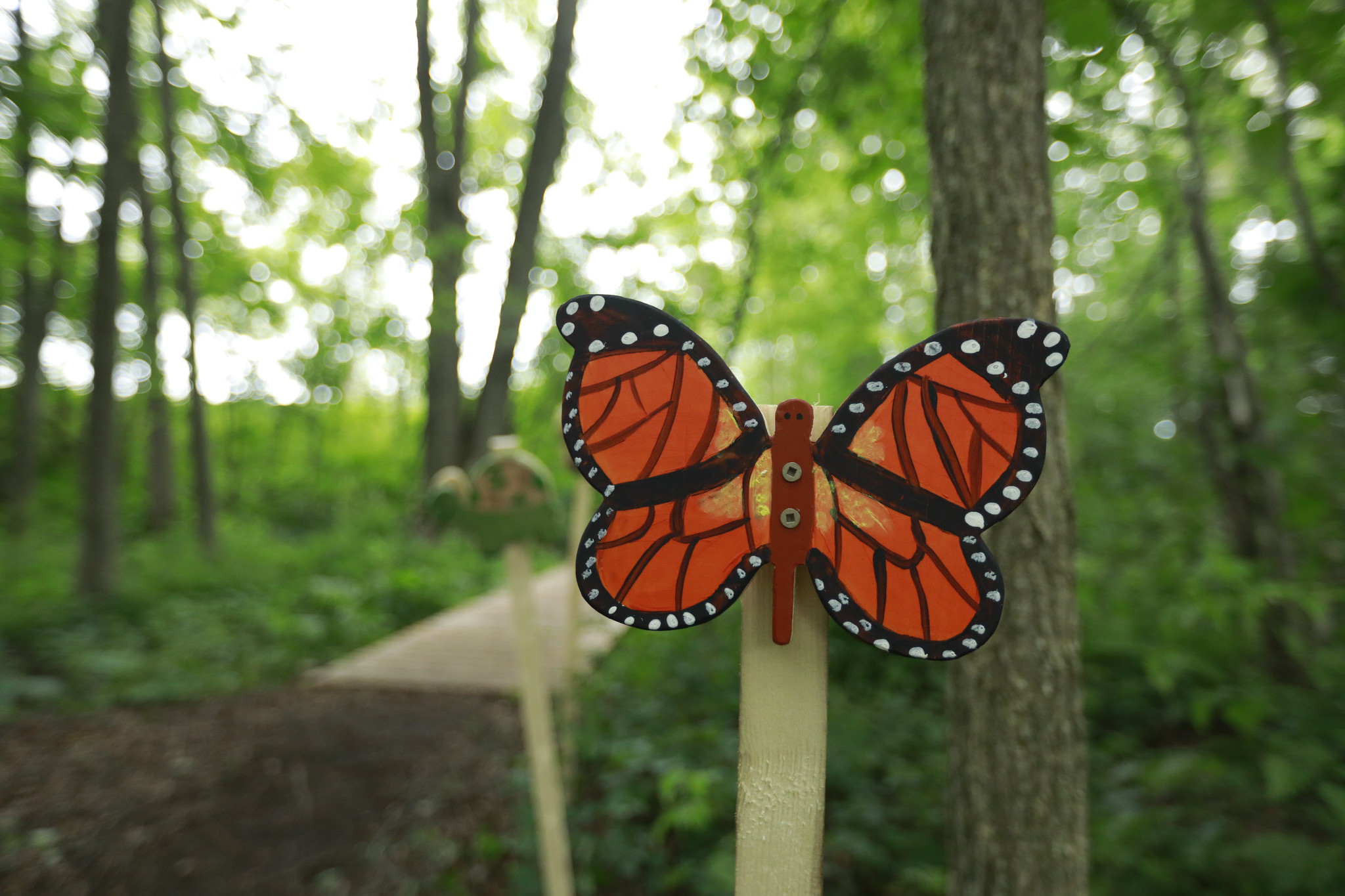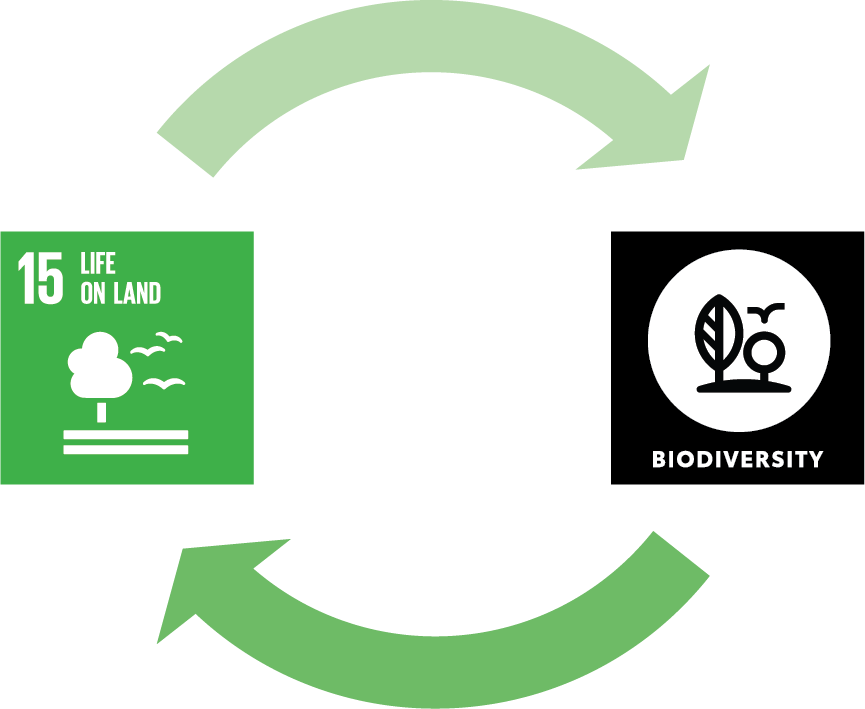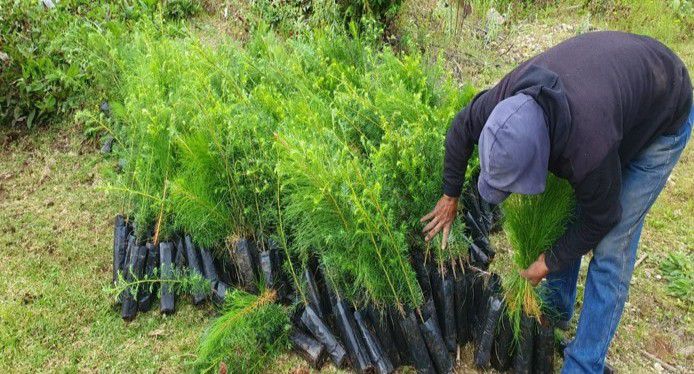Toyota's Commitment to Enhancing Pollinator Habitat

Biodiversity refers to the variety of life on Earth, including millions of species of plants, animals, insects, fungi, and microorganisms. It also refers to the complex ecosystems that these species call home, from the smallest wetland to meadows, forests, and oceans. Biodiversity is essential for the processes that support life on Earth. It provides essential services, such as clean air and water, fertile soil, pollination, pest control, food production, and flood control, as well as raw materials for industries in various sectors. All of these are crucial for human wellbeing and survival and account for over half of global GDP.1
1 The Sustainable Development Goals Report 2023, Special Edition, United Nations, page 42.
“Respect for the Planet” means protecting biodiversity is one of our highest priorities
Even though Toyota’s business does not directly depend on nature in the same way as an agricultural or food and beverage company, we recognize the importance of biodiversity to the lives of our team members, customers and society in general.

Biodiversity is constantly under threat, whether from deforestation, species extinction or habitat loss. In 2015, the United Nations (UN) established a global goal to protect biodiversity: Goal 15 Life on Land is one of 17 Sustainable Development Goals (SDGs). In addition to SDG 15, the Kunming-Montreal Global Biodiversity Framework was adopted in 2022 with 23 action-oriented global targets to halt and reverse biodiversity loss by 2030. The targets include conserving 30% of land, sea, and inland waters, restoring 30% of degraded ecosystems, and halving the introduction of invasive species.
According to a recent UN report, some progress has been made on biodiversity, particularly in sustainable forest management and the designation of protected areas. But the overall trend is worsening and there is still much to do.
At Toyota Motor North America (TMNA), we are doing our part to contribute to the achievement of both SDG 15 and the Global Biodiversity Framework. Biodiversity is one of TMNA’s four environmental sustainability focus areas. We crafted our strategy to leverage the expertise of specialists to help us safeguard species and restore habitats where feasible, and broaden the scope of our initiatives in communities to achieve greater conservation results.
Bees, butterflies & other vital pollinators support biodiversity
Biodiversity is a very broad concept, so we’ve chosen to focus on a group of important species familiar to us all: pollinators. Pollinators include bees, butterflies, moths, flower flies, beetles and bats. Everyone has encountered at least one. These species are vital to our food supply, with about 75% of crop plants requiring or benefiting from pollination. In fact, every third bite of food that we take is made possible by the efforts of pollinators.2
Pollinators can be found all around us, so we all have opportunities to help protect them. From a single pot of flowers on a balcony to a sprawling acreage of land, creating a pollinator garden of any size can help these vital creatures thrive.
2 The Importance of Pollinators, U.S. Department of Agriculture
Our plans is to enhance 26,000 acres of pollinator habitat
And speaking of habitat, the loss of habitat is one of the most pressing threats facing pollinators. That’s why we have established a target within our current five-year environmental action plan to focus on pollinator habitat enhancement.
The target: enhance at least 26,000 acres of pollinator habitat in North America between 2021 and 2026. To achieve this target, we are providing support to two nonprofit organizations – the National Environmental Education Foundation (NEEF) and Pollinator Partnership (P2).
| Location | Acres of Pollinator Habitat Enhanced |
| NEEF Biodiversity Conservation Grantees | |
| Catalina Island Conservancy | 2,737.5 acres |
| Cincinnati Zoo & Botanical Garden | 3 acres |
| Urban Prairies Project (Colorado) | 1,297 acres |
| Louisville Olmstead Parks Conservancy | 216 acres |
| San Joaquin River Parkway and Conservation Trust | 347 acres |
| P2 Grants by Country | |
| U.S. | 4,369.4 acres |
| Canada | 81.5 acres |
| Mexico | 5,802.2 acres |
| TOTAL | 14,853.6 acres |





